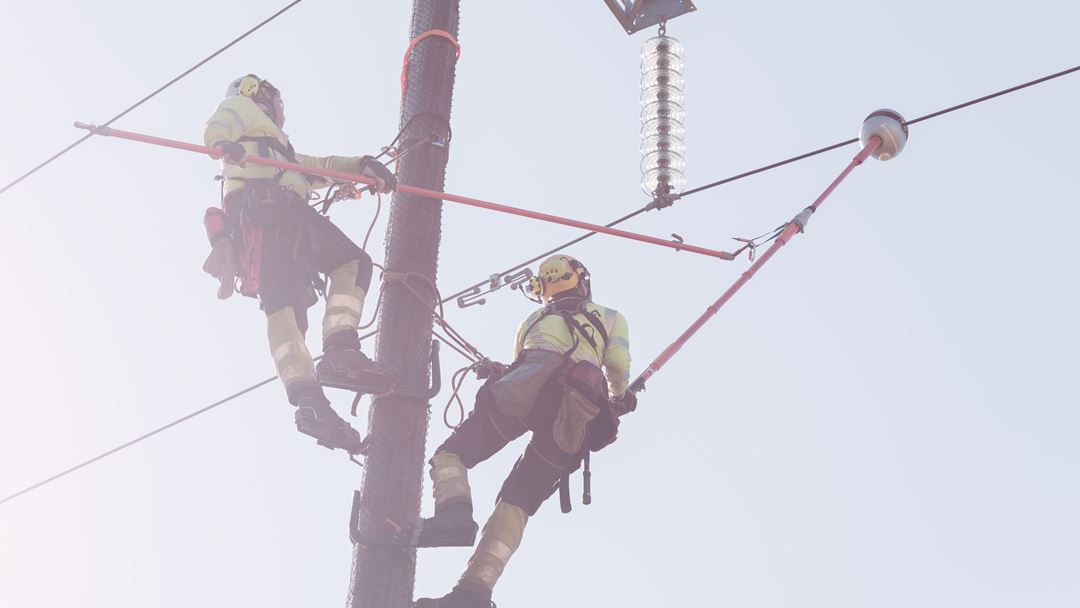Flexible power grid by dynamic operation

In this pilot several sub-pilots will install Heimdall Power Neurons at different locations in the grid of the participating DSOs. The pilot will study the inherent flexibility in the power system through dynamic operation of grids based on information from neurons and other information, like weather. What is the vacant capacity in the system right now and what is the vacant capacity in the next 48 hours? Do we have enough capacity, or do we have to realize other types of flexibility (i.e. load/generation reduction)?
The overall question we want to answer in this pilot is: How can large scale instrumentation (digitalization) of the high voltage distribution grid contribute to realize more flexibility in the power system and what values can this create for the DSOs and TSO?
The neuron of Heimdall Power has been tested in isolated cases and the technology has been verified. But large-scale applications have not been tested yet. This pilot takes a system perspective on the use of DLR (Dynamic Line Rating) and more dynamic grid operation. For instance: how to use more dynamic capacity limits in operation and planning in the grid? How can digitalisation of the overhead lines contribute to better decision making to get better utilization of existing grid? In order to do so, several overhead power lines will have installed neurons in an problematic area, for instance with bottlenecks. The interaction and exchange of information between TSO and DSO’s is a topic of particular interest in this pilot.
Participating partners: Statnett, Arva, Linja, Fagne, Tensio, Lede, BKK and Heimdall Power.
More at #SINTEFblog: New pilot measures the actual capacity in the grid
Publications:
- Pilot "Flexible power grid by dynamic operation" report (in Norwegian)
